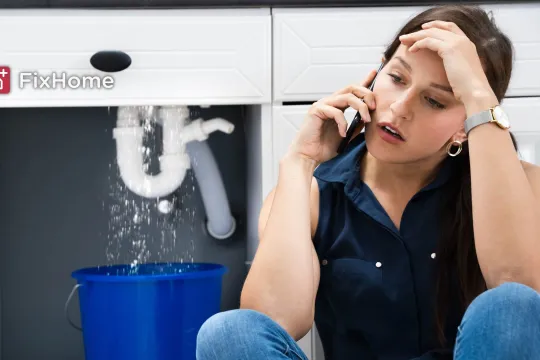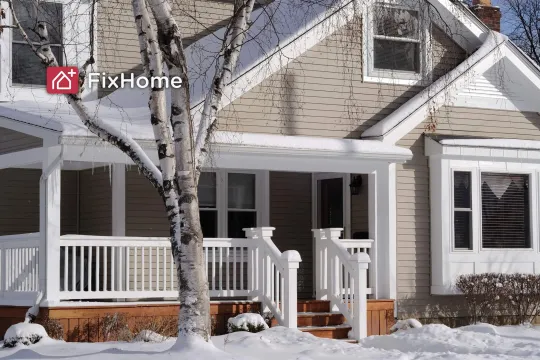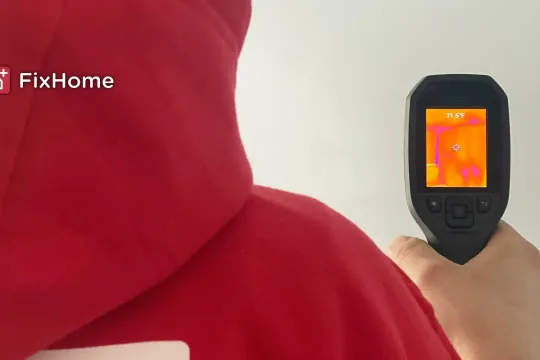A dripping faucet in July is annoying. In December, it's a frozen pipe and $3,000 in water damage. Fall is your last chance to address common maintenance issues before winter stress-tests every weak point in your home. These six home maintenance problems cause the most expensive emergency calls once cold weather hits, and most homeowners don't realize they have a problem until it's too late. Here's what to check now and how to fix it.
The Dripping Nightmare
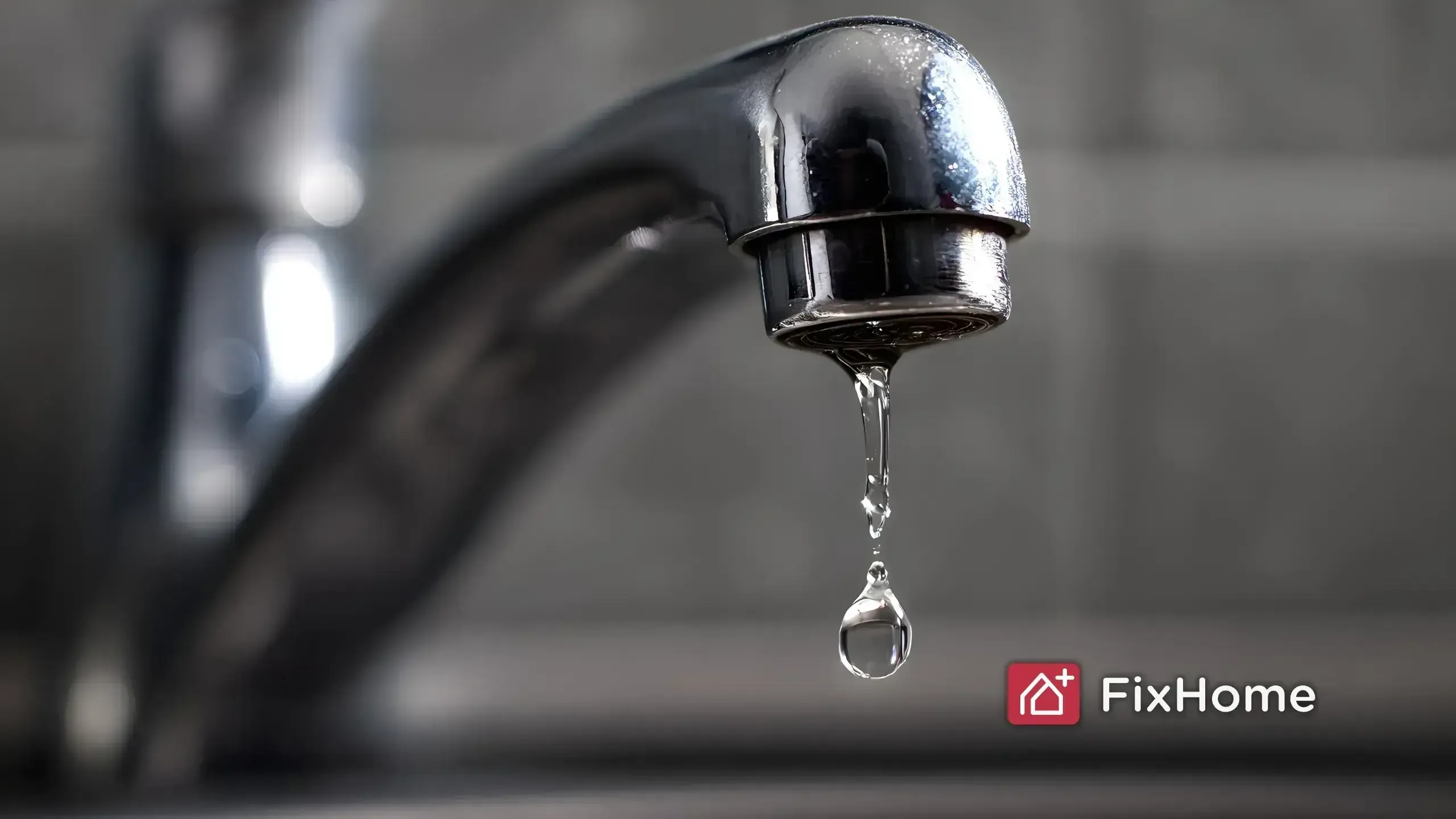
The Problem
A dripping faucet might seem like a minor annoyance, but that steady drip, drip, drip adds up. A single faucet dripping once per second can waste over 1,800 gallons of water in a year. While that might cost anywhere from $20 to $200 on your annual water bill, the real problem is what that constant moisture does to your home.
The Consequences
Persistent dampness creates an ideal environment for mold and fungus to grow, especially out of sight under sinks and inside cabinets. Water can slowly seep into joints and cracks, damaging the wood structures of your cabinets and flooring. Over time, this can lead to rot and weaken the materials, and what starts as a drip could escalate into a burst pipe, causing thousands of dollars in water damage.
What to do
Check all your faucets and the pipes under your sinks for any signs of moisture or active drips. A simple repair, like replacing a worn-out washer, is often something you can do yourself for just a few dollars. However, if you see water stains on a wall or ceiling, or if a pipe itself is leaking, it's best to call a plumber. A professional service call typically ranges from $80 to $150 and can prevent much costlier structural and mold remediation problems down the road.
Urgency
Address any visible drips by the end of November, especially if you notice signs of water damage.
The Rodent Rampage
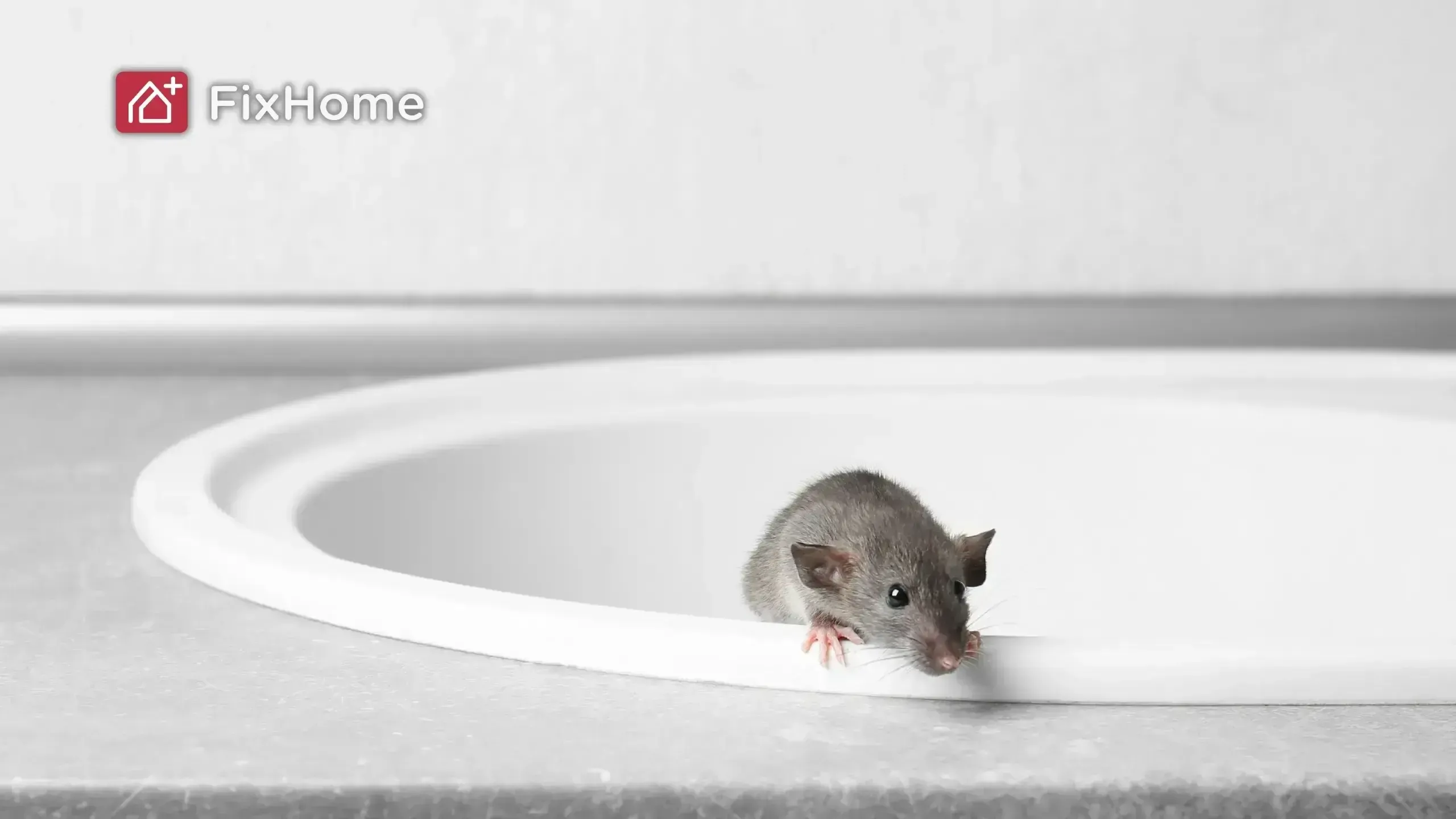
The Problem
As temperatures drop, rodents look for warmth and food, and our homes are a perfect target. An estimated 21 million homes in the U.S. deal with rodent invasions each winter. Mice can squeeze through an opening the size of a dime, and rats only need a penny-sized hole, making it surprisingly easy for them to get inside.
The Consequences
These unwanted guests can cause significant damage. Their constant gnawing can destroy electrical wiring, which is suspected to be a cause in 20-25% of house fires of unknown origin. They spoil food in pantries and leave behind droppings that can spread diseases. It’s a problem that can get out of hand quickly.
What to do
Walk around the exterior of your home and look for any cracks or gaps, especially where utility lines enter the house. Seal any small openings with steel wool or caulk. If you already hear scratching sounds or see droppings, it’s time to call a professional pest control service. An initial inspection and treatment might cost between $150 and $350.
Urgency
Seal your home’s perimeter before the first deep freeze, and call for help immediately if you suspect an infestation.
The Guillotine Door
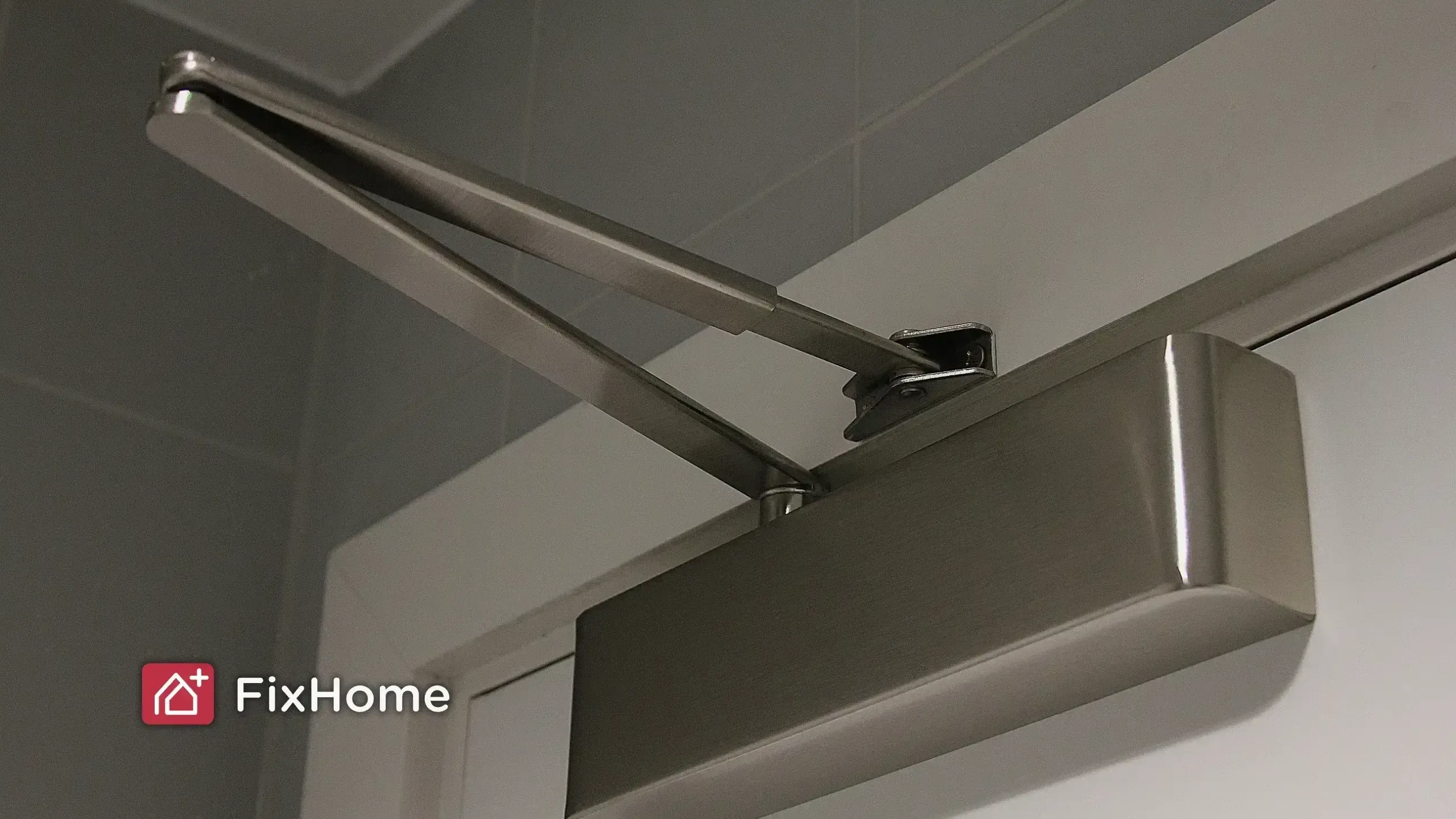
The Problem
A malfunctioning front door closer can be a real hazard. Instead of closing smoothly, the door slams shut with surprising force. This often happens when the internal mechanism, which usually uses oil to control the speed, fails or is improperly adjusted.
The Consequences
A door that closes too quickly or forcefully can cause injuries, especially to children, older adults, or anyone carrying groceries. It can pinch fingers, bruise shoulders, or simply create an unsafe entryway. Repeated slamming can also damage the doorframe itself, leading to bigger repair bills.
What to do
Observe your door as it closes. It should shut smoothly and latch securely in about 3 to 5 seconds. If it slams shut or feels jerky, the closer needs adjustment or replacement. This is a task for a handyman or a specialized door company. A tune-up or replacement service generally costs between $120 and $300.
Urgency
This is a safety issue that should be addressed as soon as you notice it, ideally within the month.
The Basement Betrayer
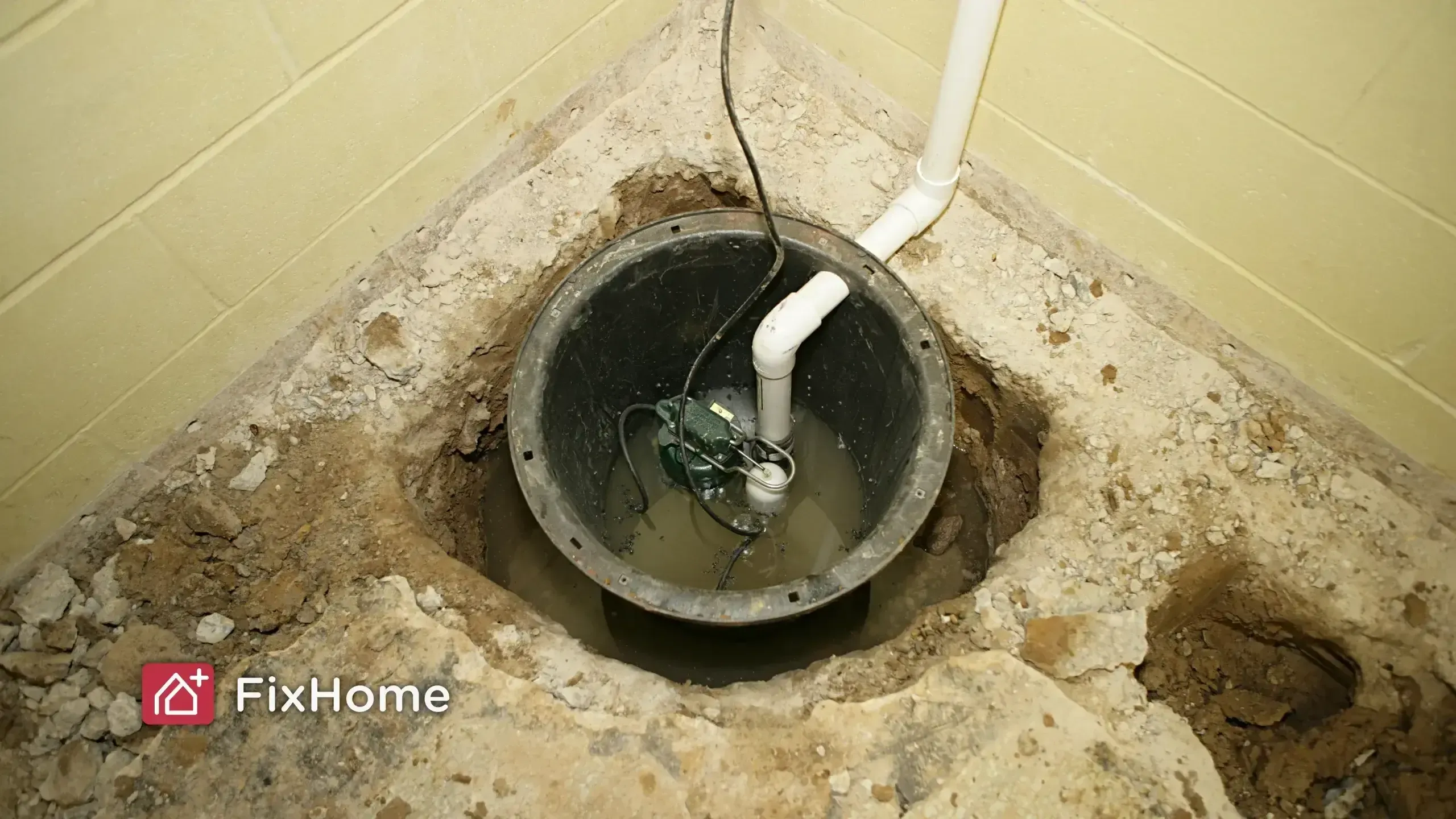
The Problem
A failed sump pump is a homeowner's nightmare, as it is your main defense against a flooded basement. Whether due to a power outage, a mechanical failure, or just old age, a pump that stops working during a heavy rainstorm can lead to disaster. Nearly all basements will experience some water damage in their lifetime.
The Consequences
The cost to repair a flooded basement can vary widely. A minor incident might cost between $1,500 and $6,000, but severe cases involving structural damage and extensive mold remediation can easily exceed $15,000. Insurance often doesn’t cover damage from sump pump failure if it’s deemed a preventable maintenance issue.
What to do
Test your sump pump now by pouring a bucket of water into the sump pit to ensure the float rises and activates the pump. If your pump is more than seven years old, consider replacing it proactively. Installing a battery backup system is also a smart move in case of a power outage. A plumber can inspect your system or install a new one, with pump replacement costs typically ranging from $400 to $1,200.
Urgency
Test your pump before the winter snowmelt season begins, and consider a replacement if it's nearing the end of its lifespan.
The Window Weeper
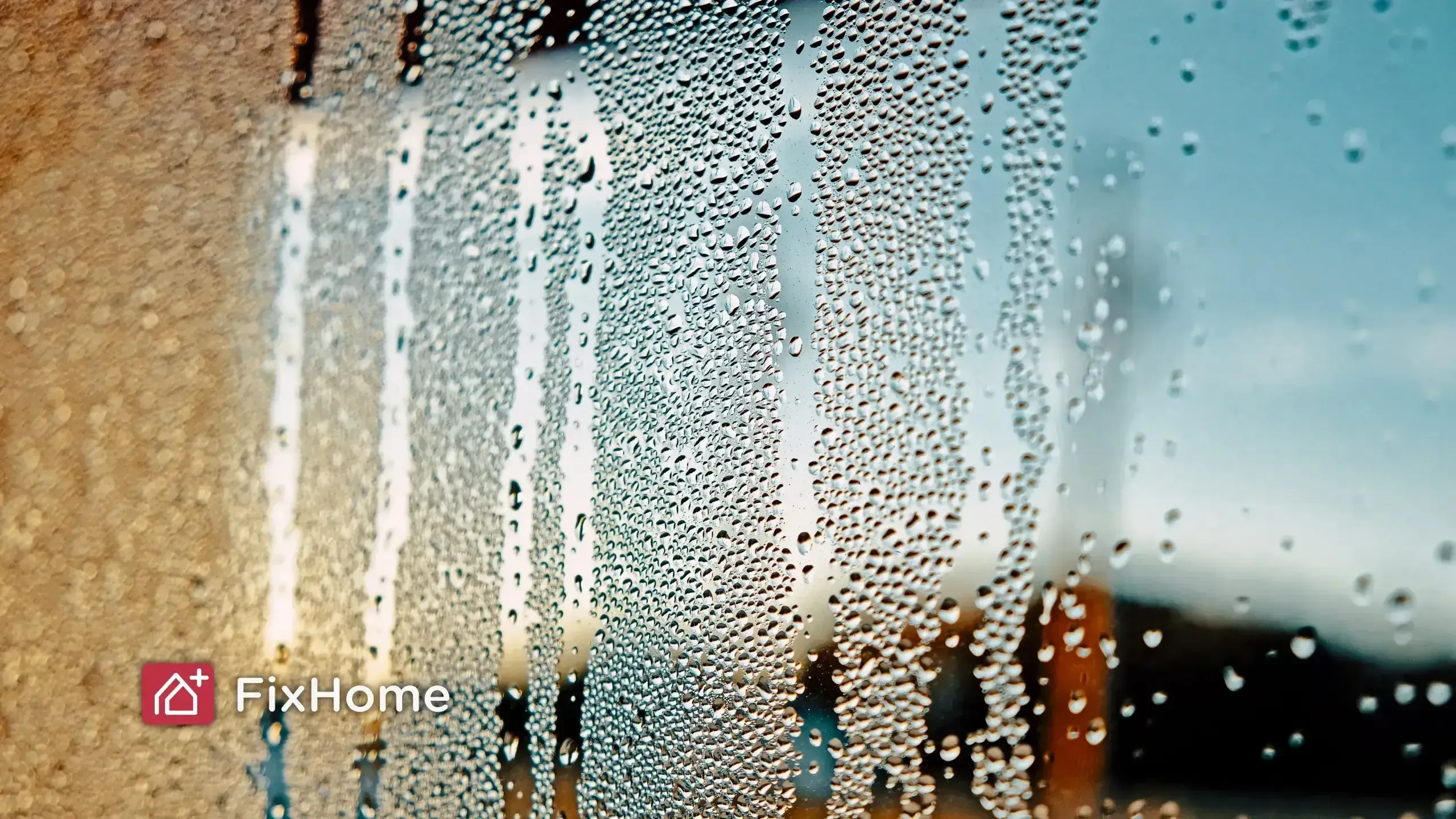
The Problem
Condensation on your windows might seem harmless, but it's a sign of excess moisture in your home. This "weeping" happens when warm, humid indoor air meets a cold glass surface. It’s particularly common in winter in bathrooms and kitchens.
The Consequences
That constant moisture can lead to serious problems. It can damage wooden window frames and sills, causing paint to peel and wood to rot. Worse, it creates the perfect breeding ground for mold, which appears as black spots and can create an unhealthy living environment.
What to do
Increase ventilation by running exhaust fans during and after showers or cooking, and consider opening windows for 10-15 minutes daily. Check that your window seals are intact, as poor seals can make the problem worse. If you see mold, a professional cleaning might be necessary. In rooms with persistent humidity, a dehumidifier can make a big difference.
Urgency
Start managing indoor humidity now to prevent mold growth before the coldest months arrive.
The Carbon Monoxide Phantom
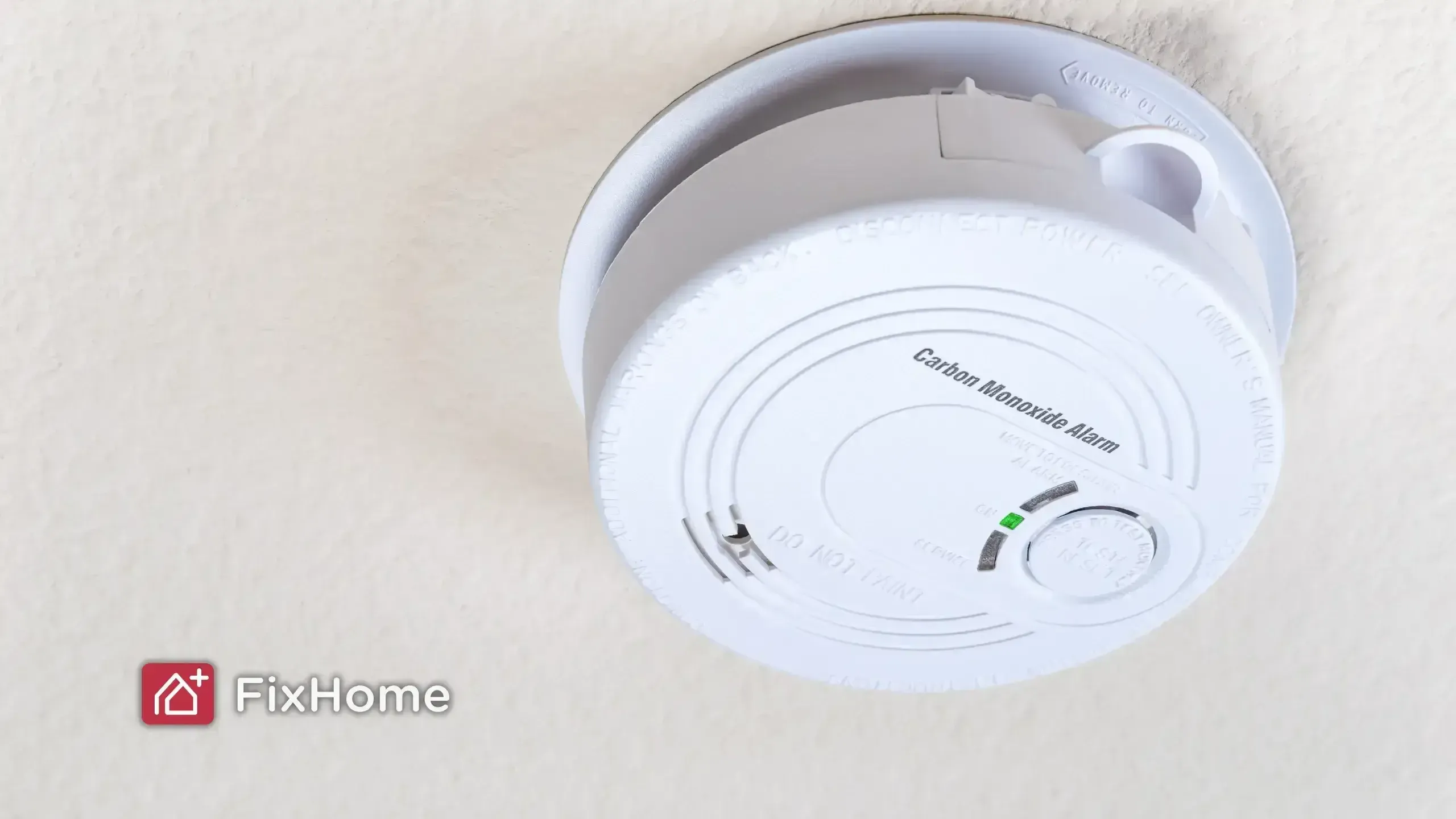
The Problem
Carbon monoxide (CO) is an odorless, colorless gas produced when fuels like natural gas, propane, or wood don't burn completely. Because it is undetectable by human senses, it's known as a silent killer. The risk increases significantly in the fall and winter when furnaces, fireplaces, and heaters are used more frequently.
The Consequences
CO poisoning can cause flu-like symptoms such as headache, dizziness, and nausea. At high concentrations, it can be fatal in minutes. Unintentional CO poisoning is responsible for hundreds of deaths in the U.S. each year, and most of these tragedies are preventable.
What to do
Install CO detectors on every level of your home, especially near sleeping areas and close to your furnace or boiler room. Test the batteries now, before you rely on your heating system daily. If a detector ever goes off, evacuate your home immediately and call 911 or your gas company from outside. Also, have your chimney and heating system professionally inspected each year.
Urgency
Test your existing detectors or install new ones by the end of October, before the heating season is in full swing.
FixHome+ in Your Neighborhood
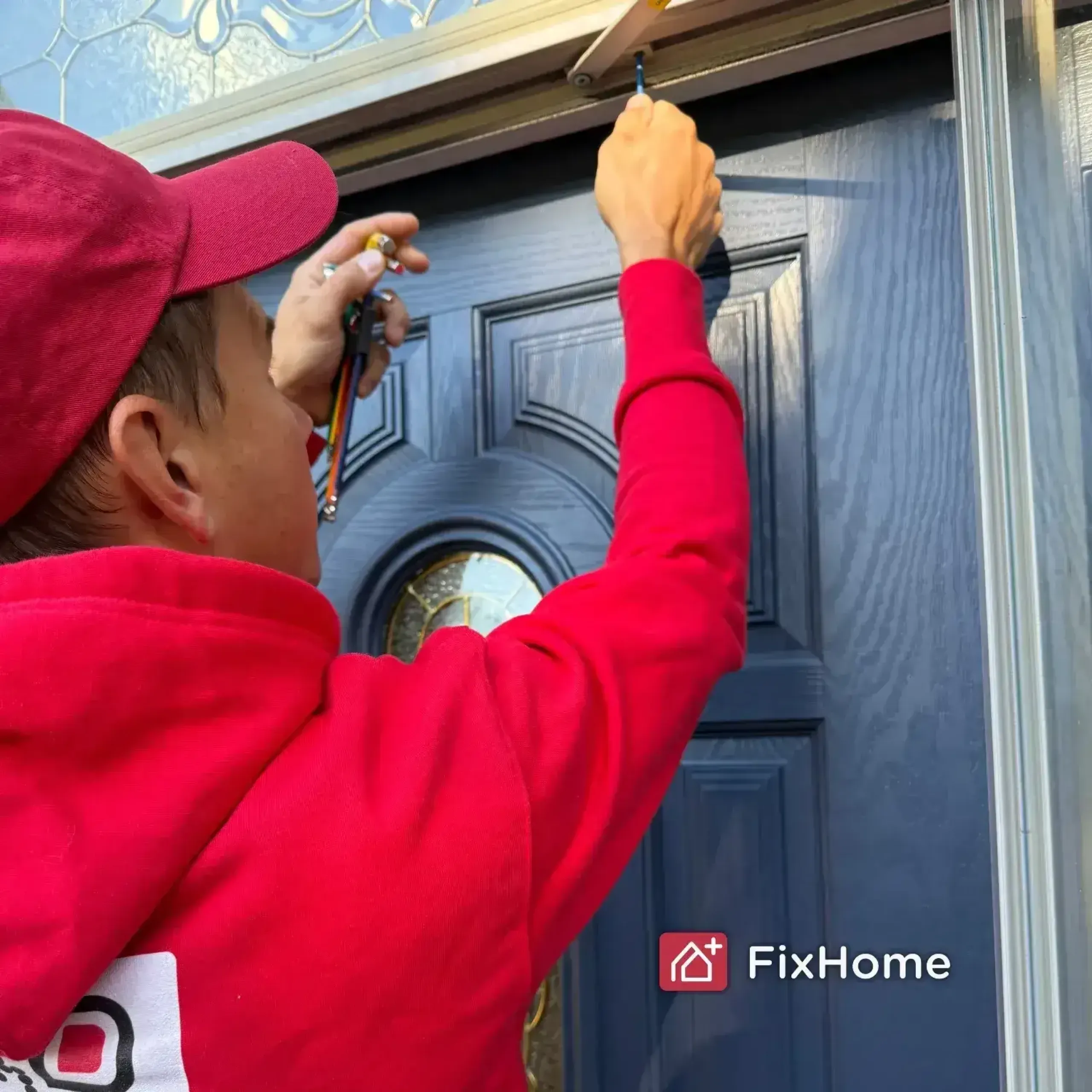
Not sure where to start? That’s pretty common, especially when fall surprises you with a long to-do list. If you’re in the northwest Chicago suburbs or on the North Shore, FixHome+ can help you get ahead, before the real winter hits.
Getting set up is simple: just download the FixHome+ app, sign up, and add your property. Snap a couple of photos or jot a quick note describing what’s bugging you around the house. We’ll schedule a free DEMO visit, where one of our experts checks out your place, spots hidden problem areas, and gives you tailored advice for fixing or preventing issues. If a fast tune-up makes sense, we’ll handle that on the spot.
Our subscription service covers more than 30 neighborhoods in these areas. With a single, affordable monthly price, you get regular visits from skilled techs, so home care stops being a guessing game or an unexpected expense. Ready to take control of home maintenance or just want to know more? Reach out today and see how easy a smoother winter can feel with FixHome+ on your side.
More from our blog.
Discover more insightful and engaging content from our blog.

